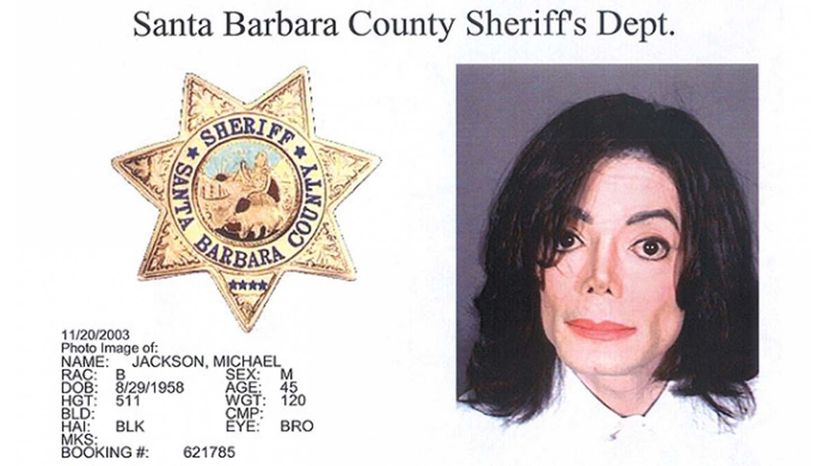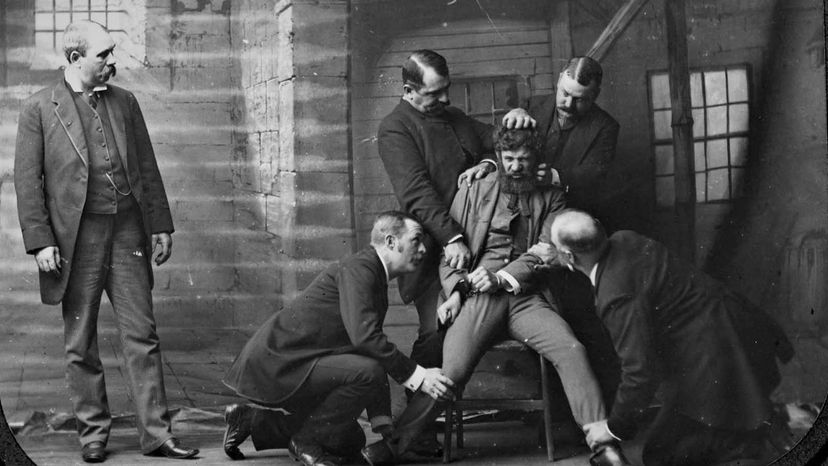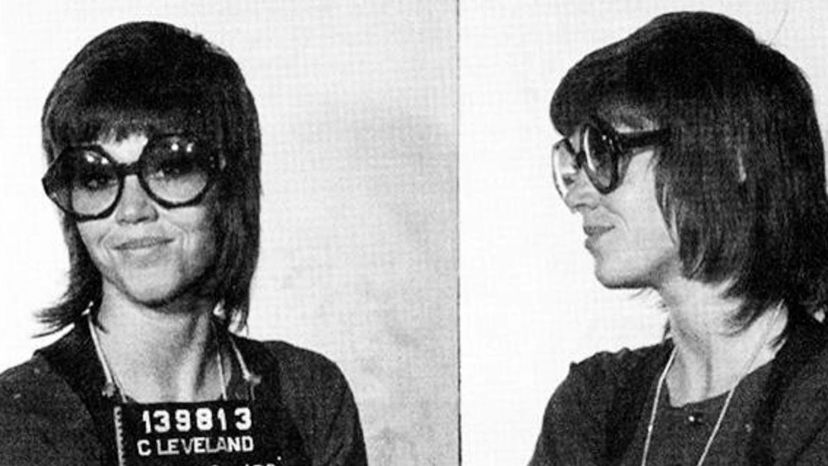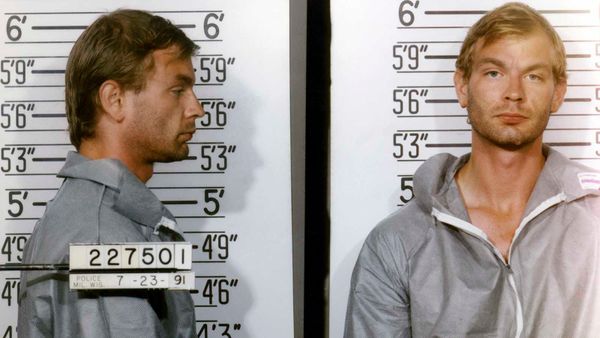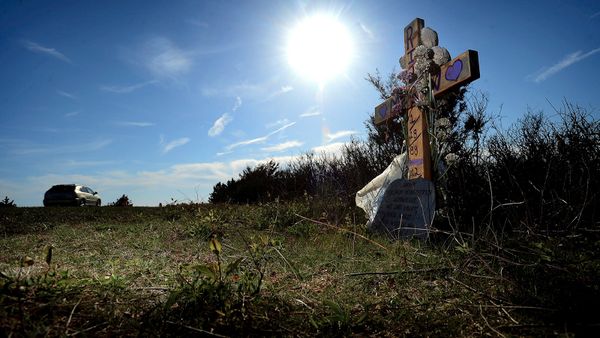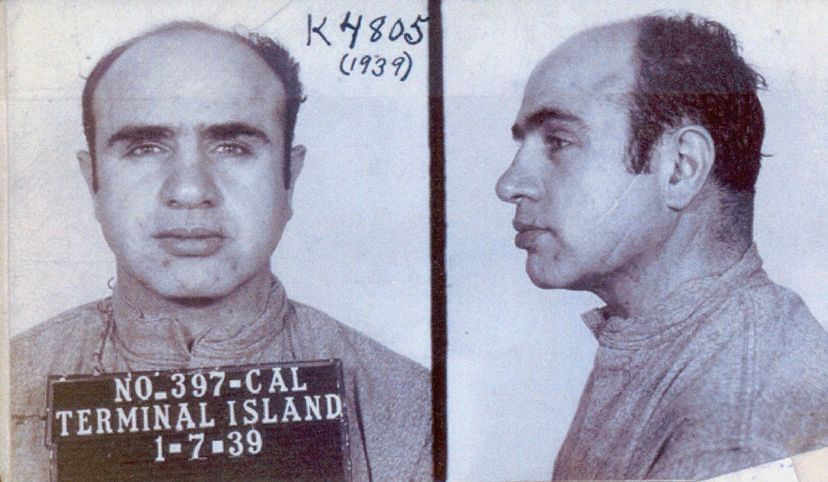
After Manhattan District Attorney Alvin Bragg indicted former President Donald Trump on 34 counts of falsifying business records to hide potentially damaging information — an alleged $130,000 hush-money payment to adult film star Stormy Daniels — before the 2016 presidential election, plenty of people speculated whether Trump would be required to undergo one of the traditional parts of being arrested. Would he become the first president in U.S. history to have his mug shot taken?
But when Trump returned to Manhattan to surrender and undergo processing before his arraignment, authorities deviated from the process and arraigned him without a mug shot, as NBC New York and other news organizations reported.
Advertisement
Several unnamed officials told The New York Times that Trump already had been extensively photographed and was not considered a flight risk. Additionally, there were serious concerns that the photo, which would have been provided to police and other agencies, would be leaked in violation of state law.
That didn't stop multiple fake Trump mug shots from circulating on the internet — including one apparently created by Trump's own 2024 presidential campaign, which later sent the image in an email to raise contributions. The fake image was printed on t-shirts sold online for $36 apiece.
Advertisement
